- The A-10 Warthog remains cherished for its role in close air support, longevity, and powerful cannon.
- The United States Air Force's retirement plans for the A-10 face backlash due to replacement inadequacies.
- The A-10's durability, near-unmatched firepower, and unique attributes complicate its replacement prospects.
The A-10 Warthog, officially known as the A-10 Thunderbolt II, is the most well-known close air support aircraft operated by the United States Air Force. The jet, designed initially for ground troop protection, has been in service since 1977 and uses its GAU-8 Avenger cannon and impressive armor to engage armored vehicles and ground forces.
The aircraft is versatile and incredibly durable, able to operate from nearly any runway under almost any conditions, and has operated in most major conflicts of the past few decades. There were plans to retire the jet in favor of the F-35 Lightning II, but controversy surrounds this replacement plan on account of the A-10's reputation and near-unmatched capabilities.
Officially, congress approved the aircraft's retirement in 2023, but such plans have not taken effect as the United States Air Force has yet to confirm adequate replacement capabilities. In this article, we will take a deeper look at the role that the A-10 still plays in the Air Force today and how many such jets remain in service.
Development and purpose
Before discussing the A-10's current status, it is important to understand the aircraft's development and the role it was intended to serve. In the years following the Second World War, the United States Air Force identified the need for a dedicated close air support aircraft, and built the propellor-driven Douglas A-1 Skyraider.
The Skyraider served throughout the Korean War and even during the Vietnam War but soon became slow and overpowered by modern standards. As a result, the Air Force identified the need for a new modern aircraft to serve this purpose, and thus the A-10 was born.
With unparalleled durability, firepower, and versatility, the A-10 would be able to effectively engage ground targets even behind enemy lines. The aircraft's primary role was to directly support the movements of ground troops by attacking everything from armored vehicles and tanks to other posts.
The aircraft was equipped with a powerful 30 mm Avenger rotary cannon alongside heavy armor meant to withstand impressive amounts of ground fire. The aircraft was able to operate from short and unpaved runways near combat zones, offer rapid response times, and precisely target enemies even miles away.
The A-10 could fly both low and slow and prevented the risk of collateral damage. The aircraft could complete missions focused on supporting troop movements with impressive efficiency and established the aircraft as a key asset for close ground support. According to the Air Force, the jet offers the following specifications:
Category: | A-10 Warthog |
|---|---|
Typical operating speed: | 420 miles per hour |
Powerplant: | 2 x General Electric TF34-GE-100 |
Maximum Takeoff Weight (MTOW): | 51,000 pounds |
Maximum range: | 695 nautical miles |
Service ceiling: | 45,000 feet |
Operational history
The A-10 Warthog finally entered service after a lengthy development process in 1977 and became combat-ready by October 1977, when it joined the 354th Tactical Fighter Wing. Since then, the aircraft has been stationed worldwide and has operated through notable conflicts, including the Gulf War, the NATO intervention in the Balkans, the War in Afghanistan, and the Libyan Civil War.
Military analysts initially doubted the plane's relatively unconventional design. However, over its first few years of service, the plane immediately proved its worth. During its first combat engagements in Operation Desert Storm, the jet destroyed enemy targets and even achieved air-to-air victories.
The plane has been successfully deployed across the Middle East and was utilized many times during the fight against Islamic State militants in Syria and Iraq. While the plane has been criticized for some incidents of friendly fire, the A-10 remains a valuable asset and is loved by pilots for its impressive firepower.
Above all, the aircraft is known for its durability and impressive ability to remain airborne even when exposed to heavy enemy fire, such as cases of A-10s making it back to base with major pieces of the airframe, including engines, missing.
Present and future
Currently, the fleet of dedicated ground attack and close support aircraft in the United States Air Force is dominated by the A-10. In fact, the organization operates only one dedicated ground attack aircraft. The table below provides additional details on the Air Force's ground attack fleet:
Aircraft type: | Number in fleet: |
|---|---|
A-10 Warthog | 270 |
AC-130 Ghostrider | 29 |
The AC-130, a heavily armed long-range gunship, performs far more niche missions than the Warthog and, as a result, is found in significantly smaller numbers. The Warthog is actually so numerous within the Air Force's fleet that only the General Dynamics F-16 Fighting Falcon is found in larger numbers.
Despite playing a crucial role in the United States Air Force's ground attack fleet, the organization has expressed its intentions to retire the aircraft in favor of the multirole F-35 Lightning II fighter. However, these efforts have faced heavy opposition from Congress, alongside concerns that operational experts have raised, according to Defense News.
Many feats, including the A-10's effectiveness and redundancy in close air support missions, are not matched by newer generation aircraft that have not been specifically designed for the purpose. With so many unique attributes, finding an aircraft that can replace the iconic A-10 is rather difficult.
Officially, plans are in place to slowly replace the jet by 2029, with a thorough examination of potential alternative aircraft already underway. Nonetheless, the plane's unique attributes, which include a powerful cannon and reinforced armor, have helped make the case for keeping the plane active.
https://simpleflying.com/a-10-warthogs-in-service/
- The Fairchild Republic A-10 Thunderbolt II was developed as a close support ground attack aircraft during the Cold War.
- It was designed to take out tanks and other ground attack forces with its 30mm GAU-8 rotary cannon.
- The A-10, nicknamed "Warthog," has remained in service for decades and is expected to continue serving until the end of this decade.
If there was ever an aircraft in the history of military ground attack aircraft, nothing could strike more fear into the enemy than the Fairchild Republic A-10 Thunderbolt II. Following the end of World War Two and the United States and the Soviet Union involved in a Cold War, the focus was on the delivery of nuclear weapons rather than close support ground attack aircraft.
Douglas A-1 Skyraider (Photo: Clemens Vasters | Wikimedia Commons.)During the Korean and Vietnam wars, the United States military relied on old propeller-driven Douglas A-1 Skyraiders for ground support. While the Skyraider could loiter over the battlefield for long periods, it was slow and vulnerable to enemy ground fire. During the Vietnam War (1955-1975), the United States Navy and Air Force lost 266 Douglas A-1s, mainly from small arms fire.
The USAF needed a close support ground attack aircraft
Knowing they needed a new plane for close-quarters ground support, the military began lobbying the Department of Defense. In the summer of 1961, Secretary of Defense Robert McNamara instructed the United States Air Force (USAF) to submit a request for a multirole aircraft that could be used as a bomber and also close-quarters ground support. The result of the request was the McDonnell Douglas F-4 Phantom II.
While the Phantom proved to be a successful bomber, it had a relatively low loiter time and handled poorly at slow speeds; it was also expensive to buy and operate. During the Vietnam War, the helicopter gunship emerged as the vehicle of choice for close-ground support. While helicopters like the Bell AH-1 Cobra were effective in this role by the 1970s, the threat of a ground attack across the North German Plain by Soviet armored forces had the military worried enough to want an aircraft explicitly designed to take out tanks. The ideal weapon for the new aircraft was a 30mm GAU-8/A Gatling gun that could fire 3,900 rounds a minute. Not only could the rotary cannon destroy tanks, but it could also decimate all ground attack forces.
Photo: USAFDesignated as the Y-10, the Fairchild Republic A-10 made its maiden flight on May 10th, 1972. After proving itself in trials, the USAF selected the Y-10 for production while asking General Electric to build its GAU-8 cannon. The first production Fairchild Republic A-10 Thunderbolt II flew in October 1975 and began to enter service with the USAF in the spring of 1976.
The noise made by its rotary cannon earned it the nickname Warthog
After entry into service and its use as a close support ground attack aircraft in battle, the plane's aggressive looks and the noise made by its 30mm GAU-8 rotary cannon soon earned it the nickname Warthog. Over the years, the Fairchild Republic A-10 Thunderbolt II has been modified with new electronics and is capable of delivering the following weapons:
- One 30mm GAU-8/A seven-barrel Gatling gun
- Up to 16,000 pounds of mixed ordnance on eight under-wing and three under-fuselage pylon stations, including 500 pounds of Mk-82 and 2,000 pounds of Mk-84 series low/high drag bombs
- Incendiary cluster bombs
- Combined effects munitions
- Mine dispensing munitions
- AGM-65 Maverick missiles, laser/GPS-guided bombs
- Unguided and laser-guided 2.75-inch rockets
- Infrared countermeasure flares
- Electronic countermeasure chaff
- Jammer pods
- Illumination flares
- AIM-9 Sidewinder missiles.
Photo: USAFThough they have been in service for a long time and have no immediate replacement lined up, Air Force Chief of Staff Charles Brown expects the A-10s to remain in service with the USAF until 2028-2029.
- The A-10 Thunderbolt, also known as the "Warthog," is a highly capable attack aircraft designed for low-altitude support.
- The aircraft is known for its GAU-8 30mm Avenger rotary cannon, which is capable of destroying tanks and provides excellent maneuverability at low speeds and altitudes.
- The A-10 has a wide combat radius, short takeoff and landing capability, and the ability to operate in low visibility conditions, making it a versatile and effective aircraft for close air support missions.
The A-10 Thunderbolt is a straight-wing subsonic attack aircraft developed by Fairchild Republic in the early 1970s. Designed for the United States Air Force (USAF), the aircraft performed its first on May 10, 1972. The USAF introduced the aircraft in October 1977.
The manufacturer built over 700 examples of the A-10 Thunderbolt between 1972 and 1984. Simple Flying delves deeper into the reasons for the popularity of the A-10 Thunderbolt, as highlighted by the USAF.
A-10 Thunderbolt
The A-10, widely known as the "Warthog," was designed to improve the Douglas A-1 Skyraider performance. Moreover, it was designed to provide low-altitude support to friendly ground forces. The forward air controller airborne ensured that ground forces, including tanks, armored vehicles, and trucks.
Photo: Staff Sgt. Annie Edwards | 151st Wing | US Air ForceAccording to the USAF,
“The aircraft can survive direct hits from armor-piercing and high explosive projectiles up to 23mm. Their self-sealing fuel cells are protected by internal and external foam. Manual systems back up their redundant hydraulic flight-control systems. This permits pilots to fly and land when hydraulic power is lost.”
The aircraft provided close air support (CAS) using air strikes against hostile forces near friendly forces. The aircraft primarily uses the notable Avenger rotary cannon for its CAS missions.
The aircraft has a maximum takeoff weight (MTOW) of 46,000 lbs (20,865 kg). With a maximum speed of 381 knots (706 km/h), the aircraft can reach a combat range of 250 NM (460 km) during a CAS mission.
Most notable features of the A-10 Thunderbolt
The A-10 is known for its GAU-8 30 mm Avenger rotary cannon gun fitted in the nose. The low-wing monoplane is designed around the idea of having a hydraulically driven auto-cannon. The aircraft's ability to attack ground targets, including powerful tanks, has made it one of the most famous aircraft for CAS.
The General Electric GAU-8 Avenger is a 30 mm gun with a seven-barrel cannon along the aircraft's centreline. The rotary cannon has 1,174 rounds and a compelling rate of fire, enough to destroy a tank. According to the USAF,
“The A-10C offers excellent maneuverability at low airspeeds and altitude while maintaining a highly accurate weapons-delivery platform. They can loiter near battle areas for extended periods of time, are capable of austere landings and operate under 1,000-foot ceilings (303.3 meters) with 1.5-mile (2.4 kilometers) visibility.”
“Additionally, with the capability of carrying precision guided munitions and unguided munitions, they can employ above, below and in the weather. Their wide combat radius and short takeoff and landing capability permit operations in and out of locations near front lines. Using night vision goggles, A-10C pilots can conduct their missions during darkness.”
The A-10 features 11 hardpoints, three under the fuselage pylons and eight under the wings. With the capacity to carry 16,000 lbs (7,250 kg) of ammunition, the aircraft can have a combination of bombs, rockets, missiles, and infrared decoys.
A-10: THE 40 YEAR OLD 'UGLY WARTHOG'

The F-35, which was supposed to replace the A-10, has been plagued by delays and while the first planes are entering combat now, officers say it is ill-suited for a close-support role
Close air support involves firing on enemy soldiers at low altitude and low speed when fighters are too close to friendly units to drop bombs.
Because the A-10 is unusually maneuverable at low speeds and altitudes it is particularly adept at the role, and its huge fuel capacity means it can keep supporting troops during long battles.
Key to this ability is the aircraft's 30mm, seven-barrel Gatling gun mounted into the nose which is capable of firing depleted uranium bullets at 3,900 rounds per minute.
There is no weapon in our arsenal that offers more effective close-air support to American ground troops serving in harm's way than the A-10 aircraft.

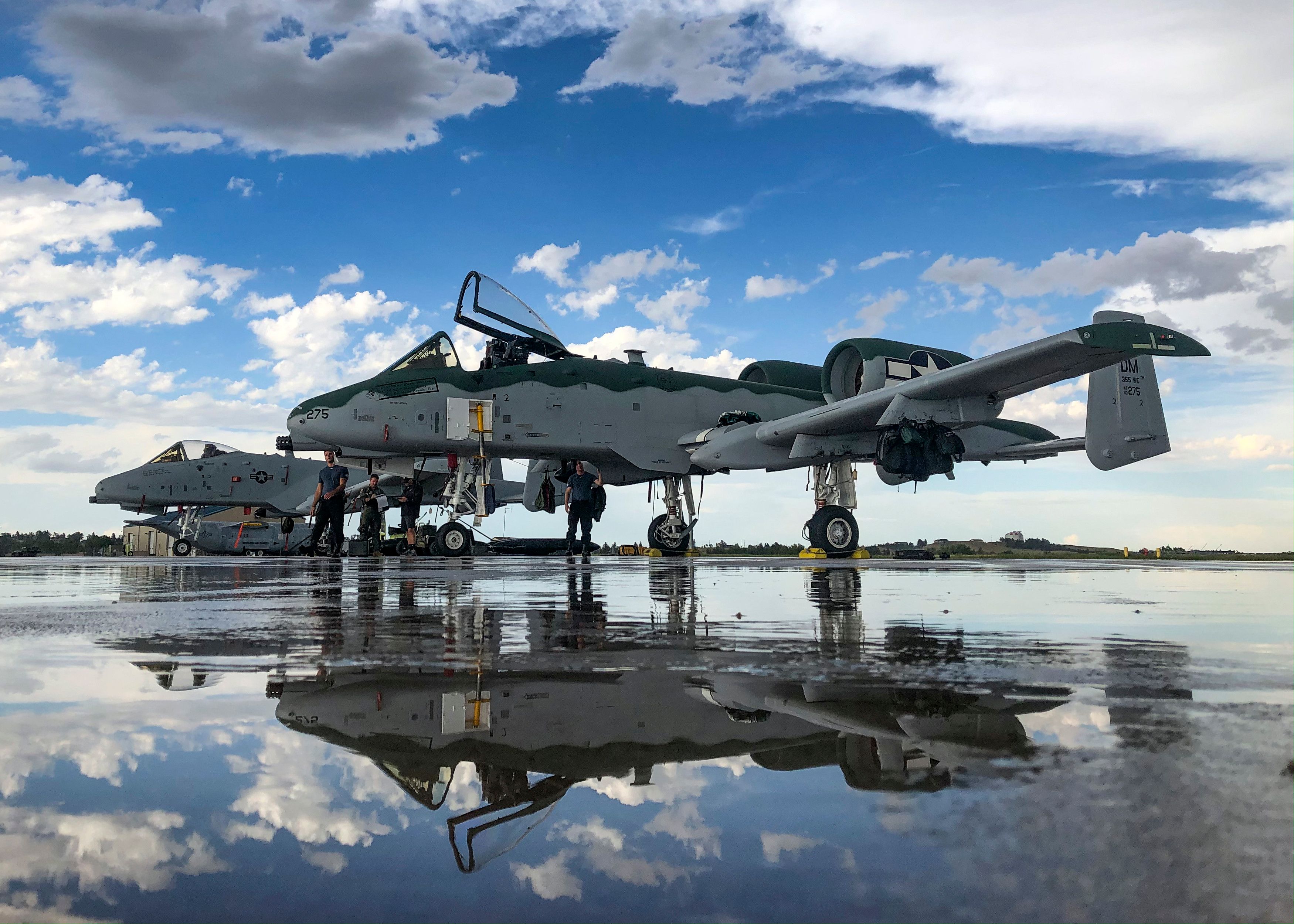
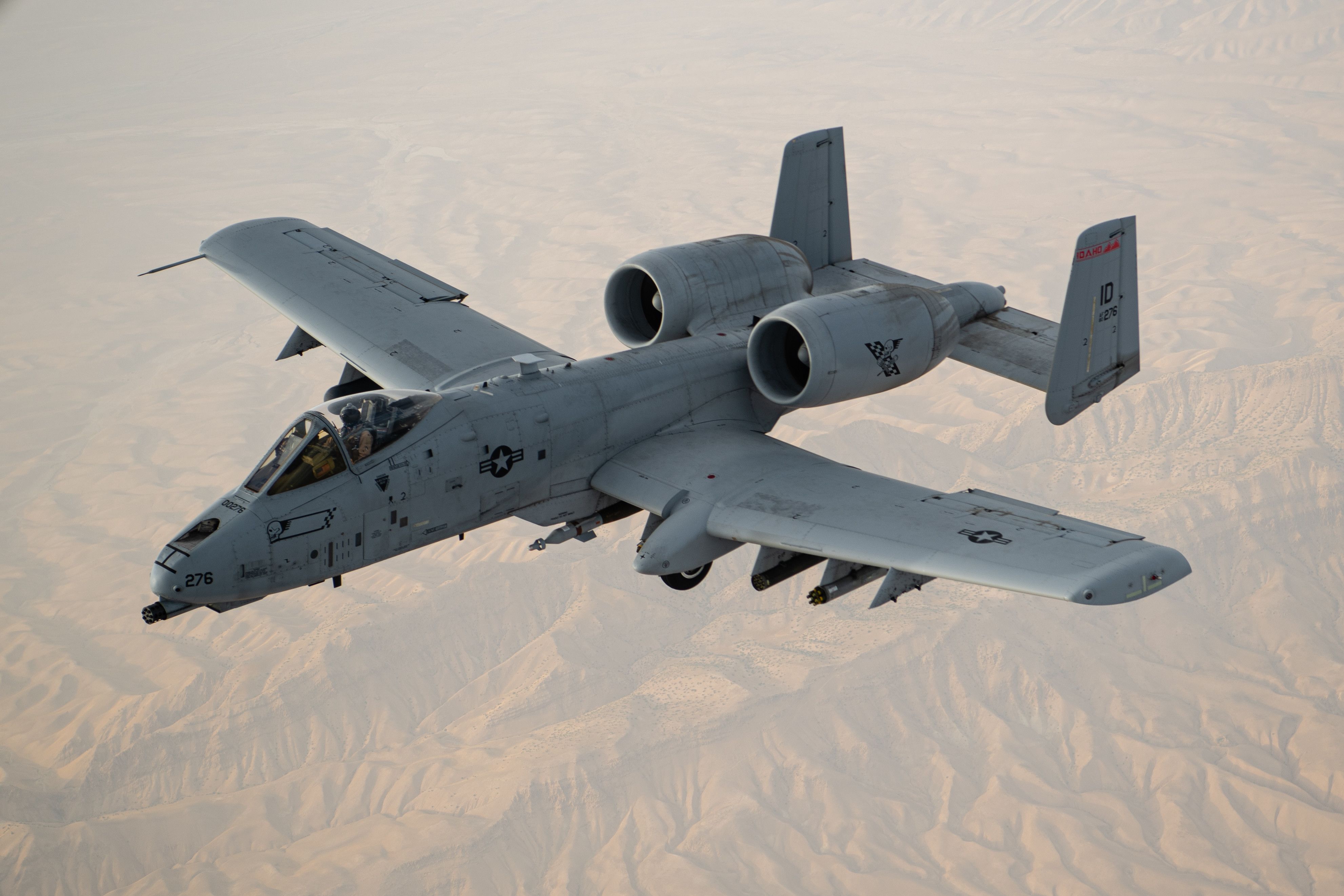
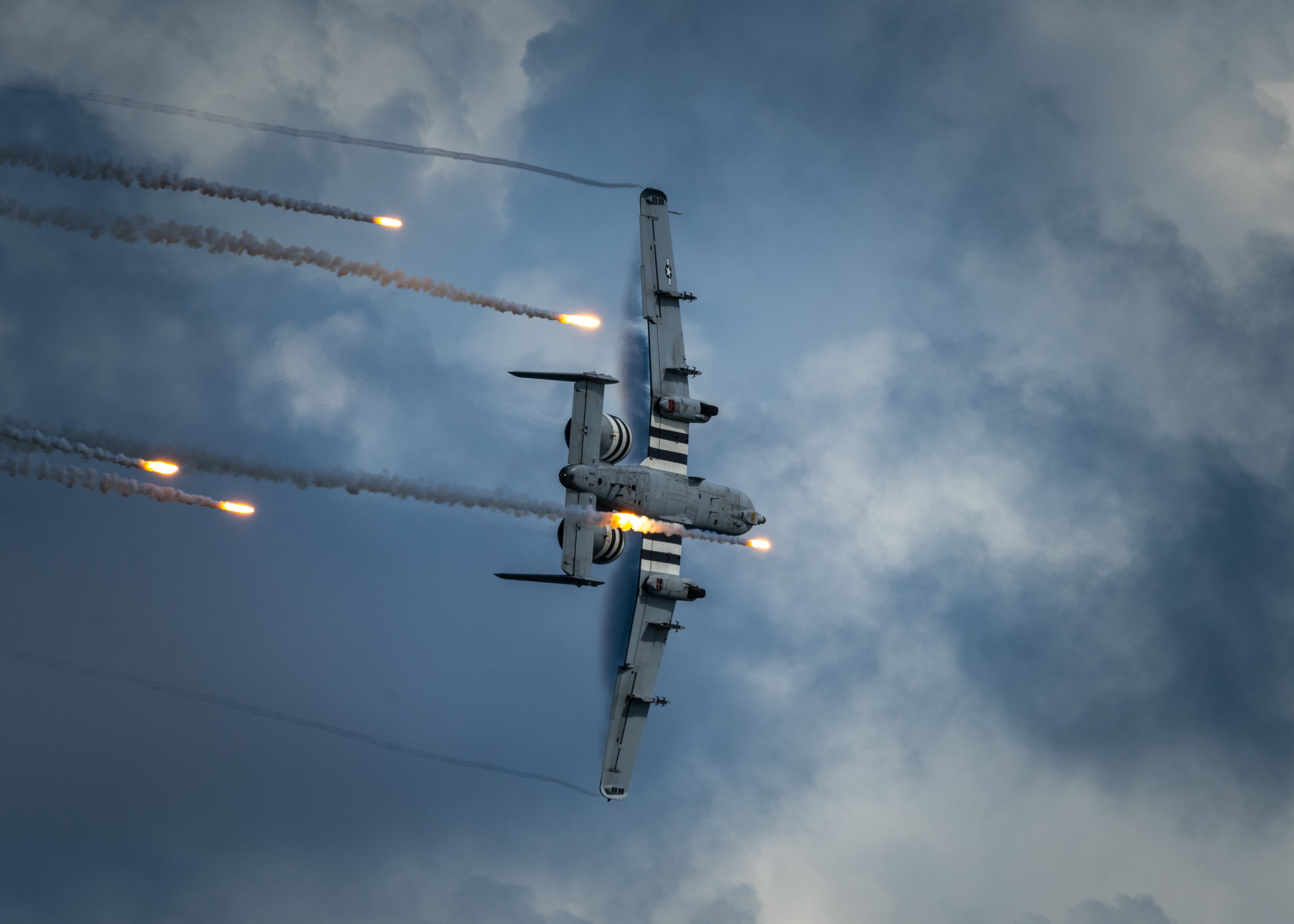
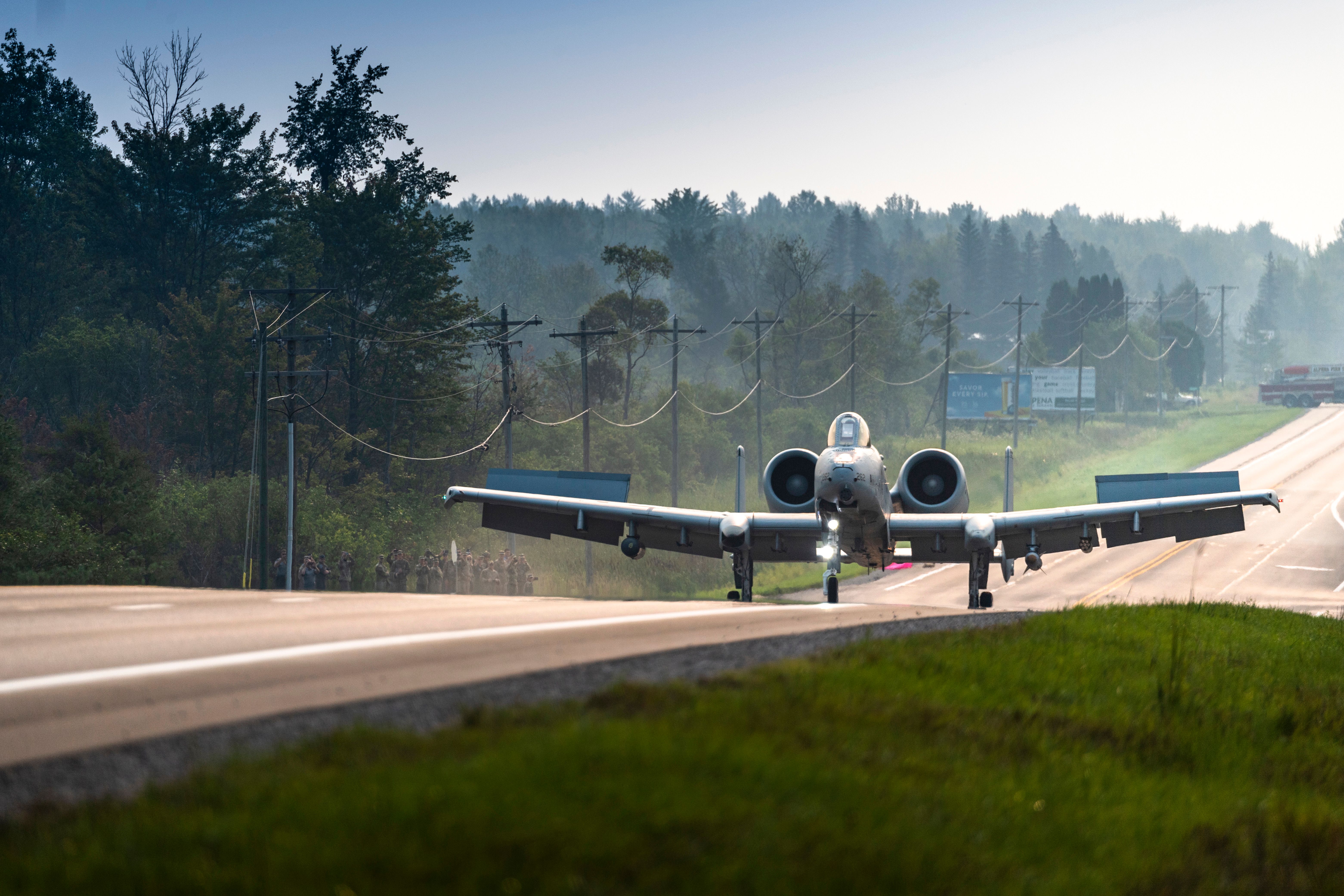
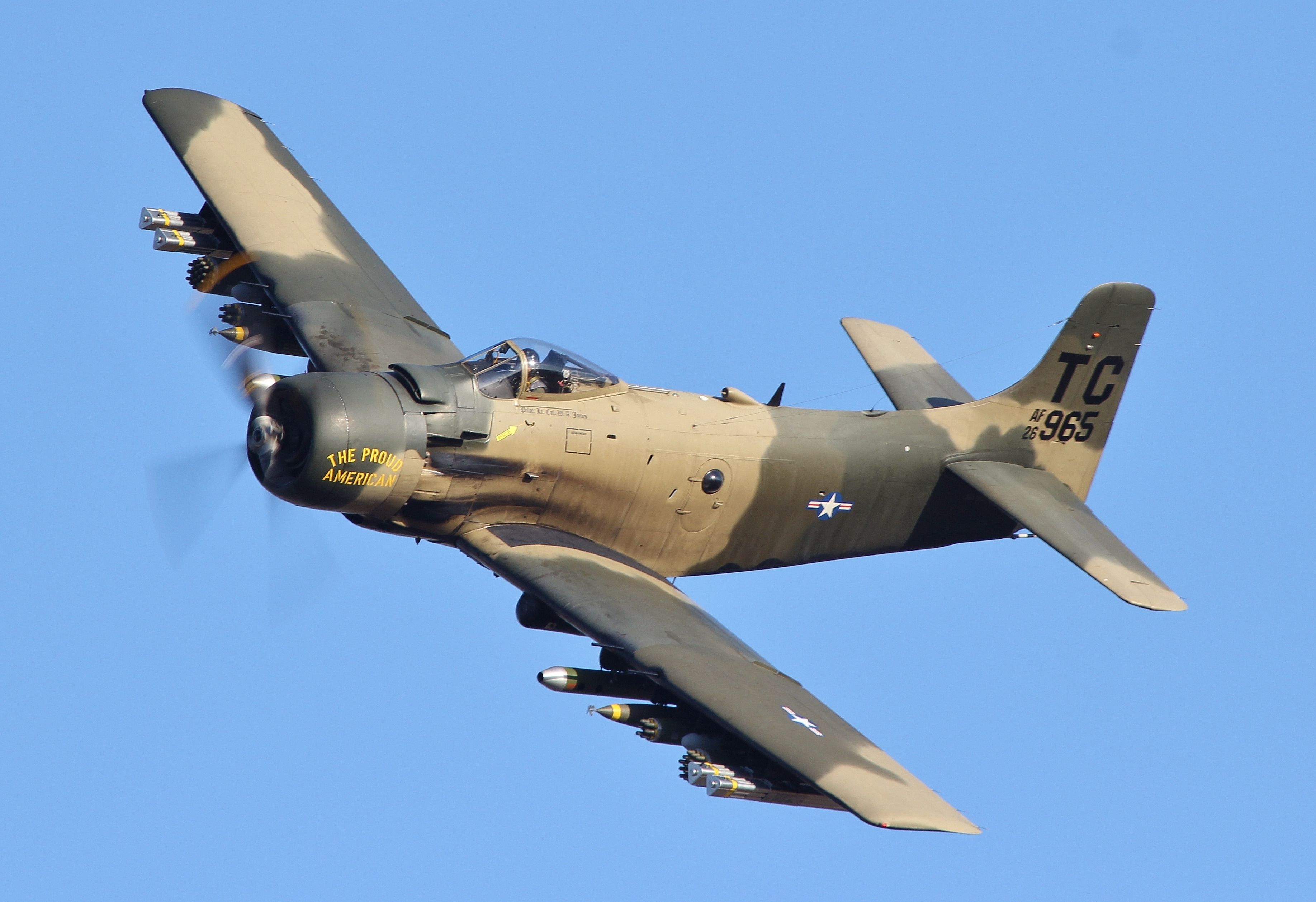
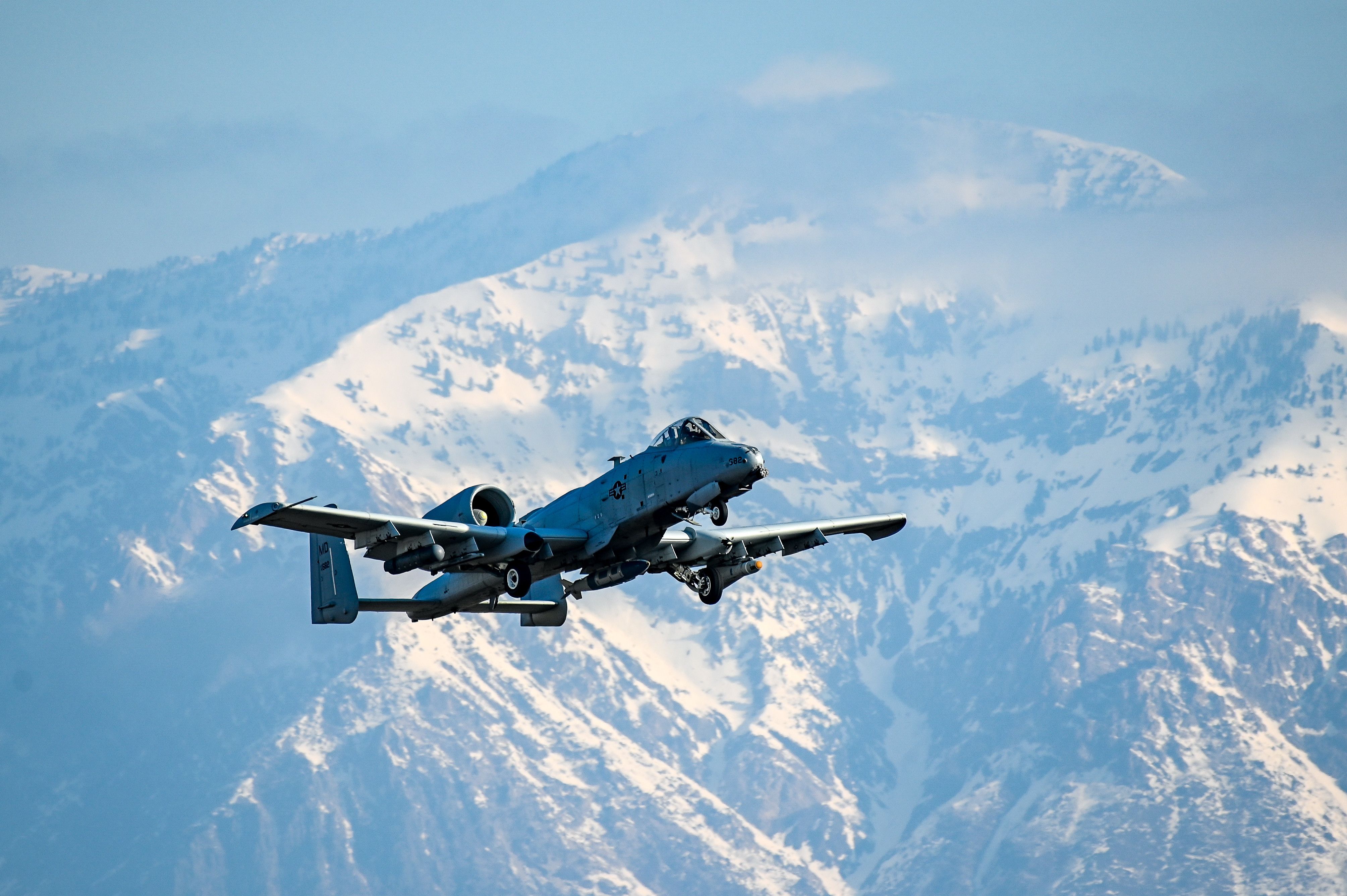
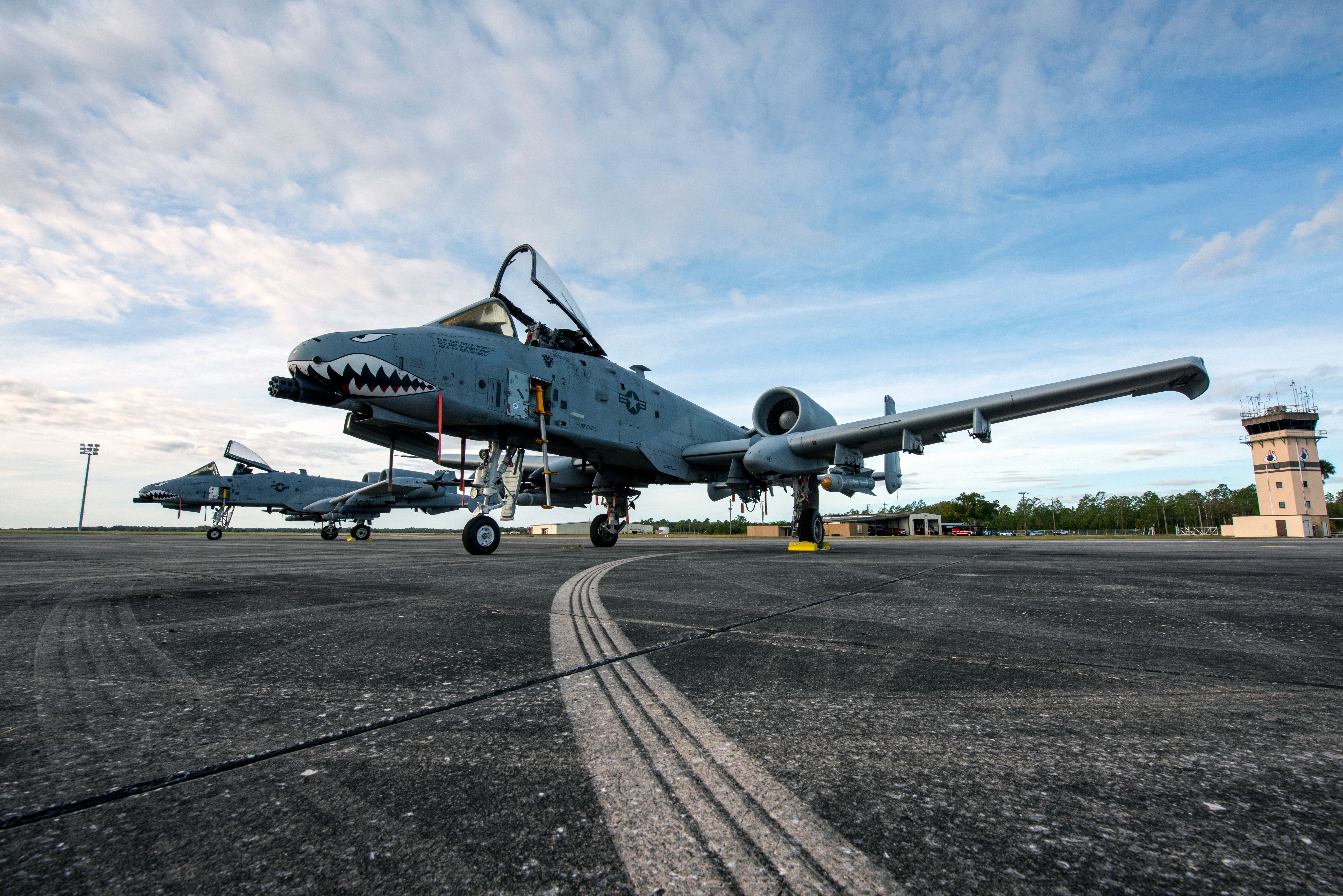
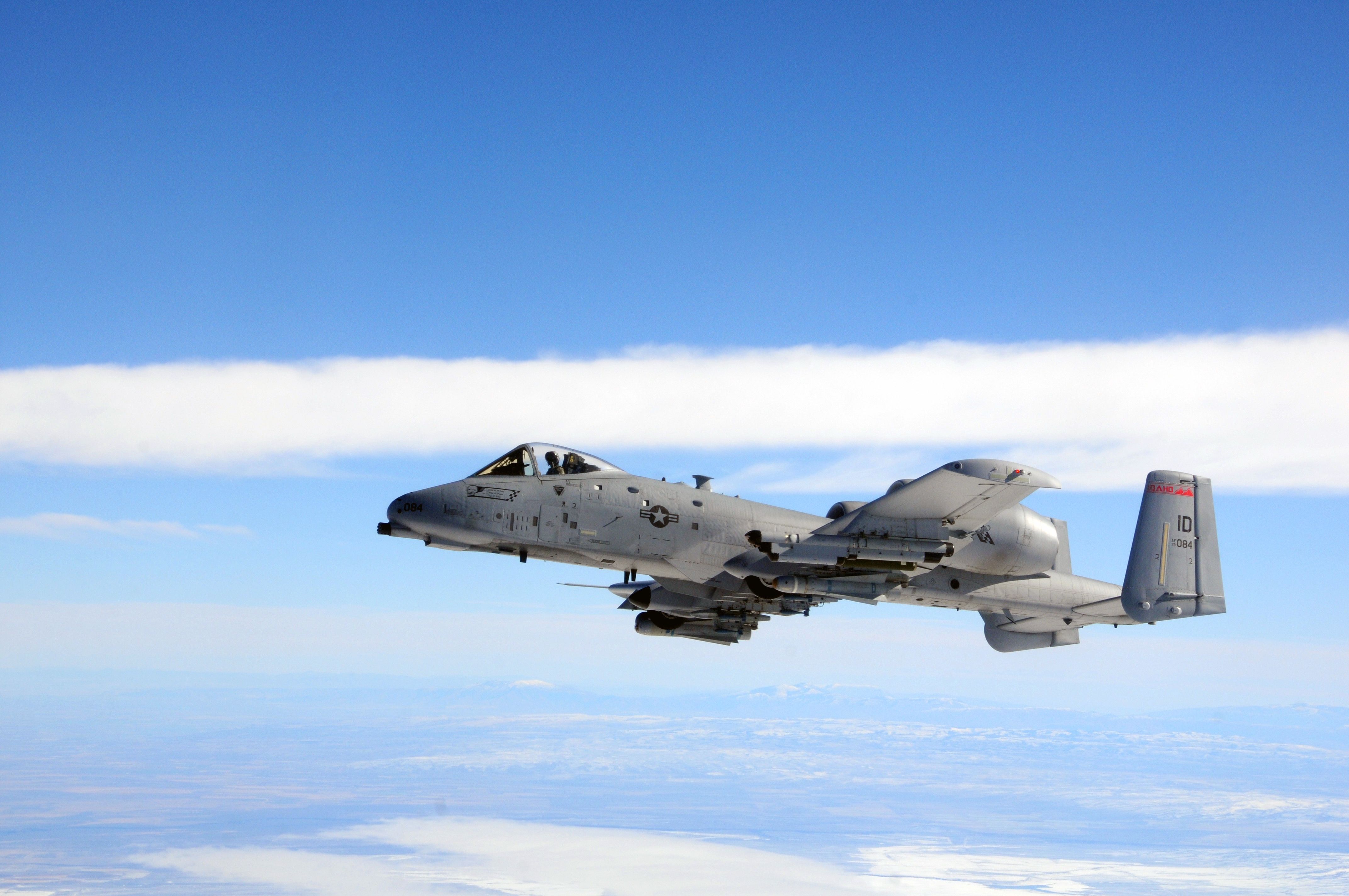
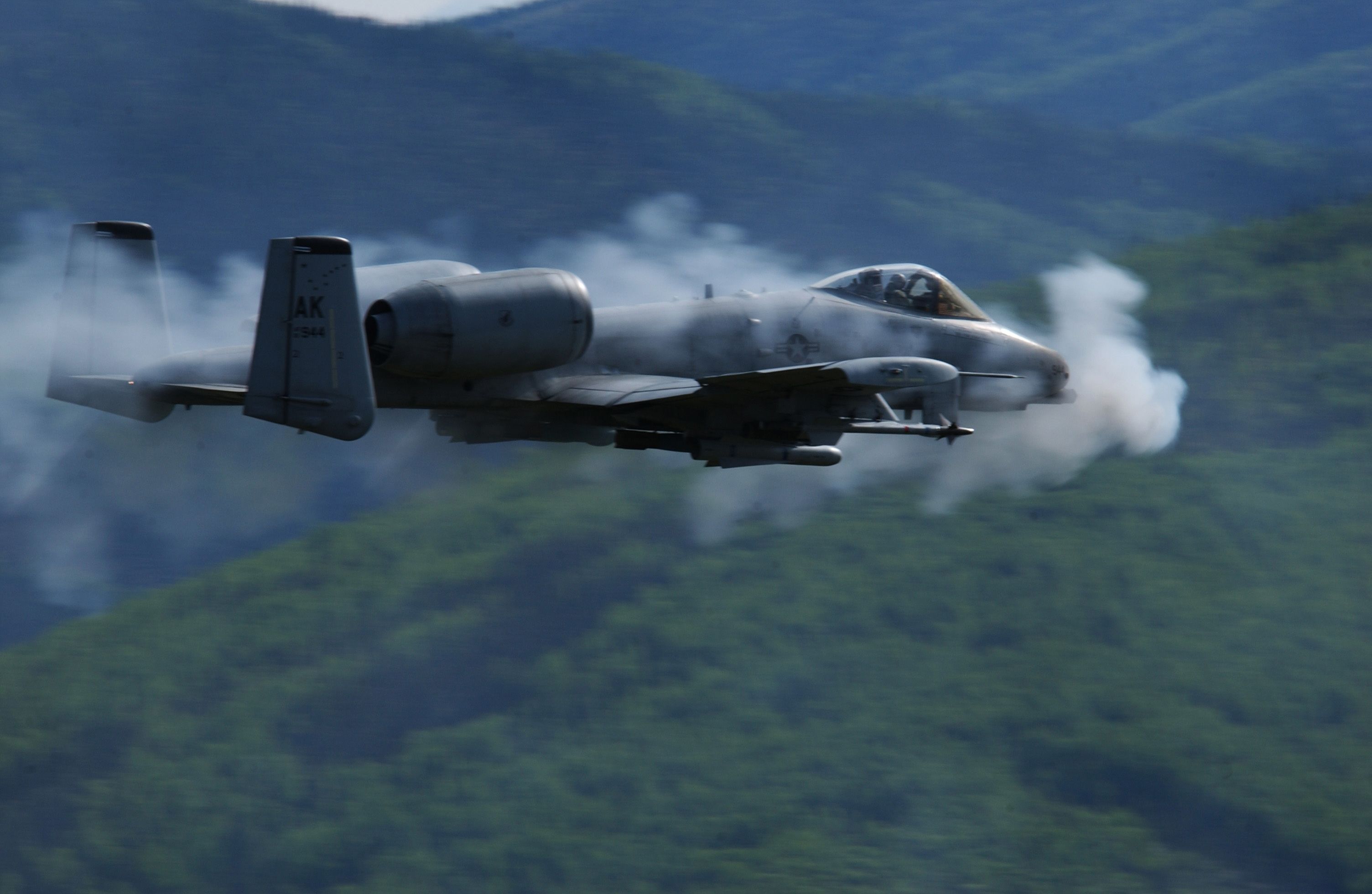
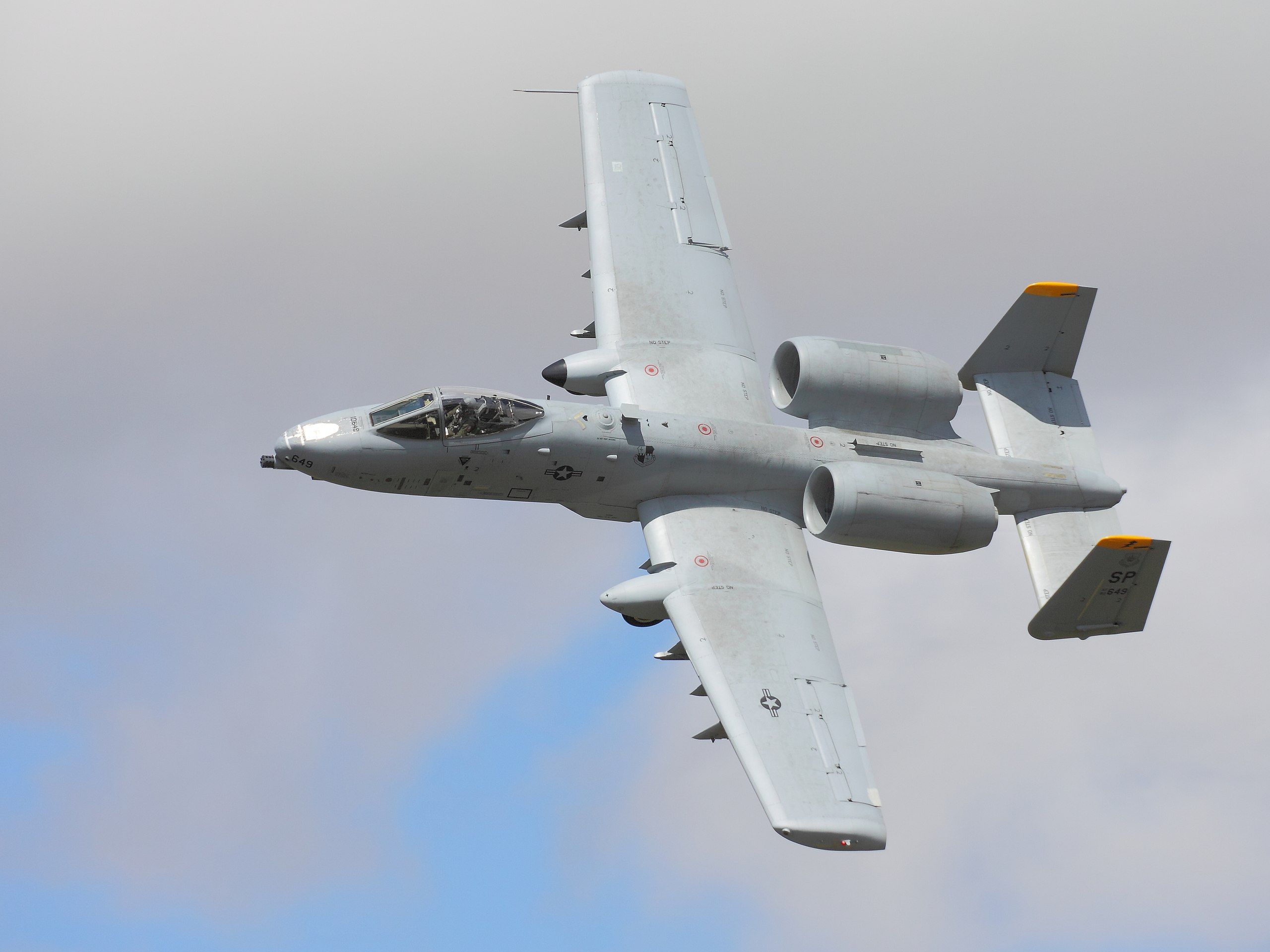


No comments:
Post a Comment